Index
- Mentally prepared
- Physically prepared
- Prepared for the unpredictable
- Preparing backpack
- Prepared for the rules by TTH
- Learn during the trek
The desire to see the unseen, to explore the unexplored, and the will to know your limits to push, has upsurged visitors to the Chadar trek. It is the most popular trek or a winter trek to be precise. Situated in the Zanskar region of the Jammu Kashmir state, the trail of the Zanskar river tends to freeze in extremely cold conditions, forming a thick covering that can be stepped on. Well, this may sound as fun as skating on ice, the only difference is that skating on ice is much safer than walking on Chadar.
.webp)
Well, before going on a thrilling and mysterious jaunt, there are some ground rules to be followed or homework needed for a successful conquest.
1. Mentally prepared
Before we kick off anything in life, our mind must be conscious of it. Be it bad effects or good outcomes. The same applies to a trekking expedition. A strong mind can conquer a strong opposition.
- For cold
-30 degrees, reddish nose, fingertips getting numb, sleepless nights due to cold feet, tons of layers yet the pricking cold. Some of the tricks to combat cold are,
- Wear layers of sleeve T-shirts, then a fleece and later a down jacket
- Try to wear pants in layers
- Always keep your head and neck covered
- Keep your mind busy, and diverted whenever get a cold sensation
- Wear woolen layers of socks if cold feet. Try to keep sleeping socks clean and avoid using them during the day
- Use a liner inside the sleeping bag
- Eat full, and keep the digestive system busy so that it generates heat
- Drink water constantly
Despite trying them, you may still feel chilly. In fact, our staff also undergoes it. Cold is the same for everyone. Cold is only in mind. Therefore, be prepared for the harsh freezing weather and ignore it. Do not let cold spoil your fun.
- For hardships
Mountains are calling and we must go, leaving behind the luxury life. So do not expect the ride on the mountains to be extravagant. Be prepared for no cozy beds, a big dinner table, delicious dishes, or the security of a house. Though we try to offer all the facilities, do not expect it to be as a hotel at sea level. Whether you do not like the taste of the food want a coffee instead of tea, or want a separate tent, or want a bowl instead of a plate, the only answer is an adjustment. Adjustment with nature, because it is the master, we have to obey it.
- From past experience
Past life encounter is an incredible tutor. If you have been on 2-3 snow or winter treks then you will automatically be prepared for the Chadar Trek. The previous freezing encounters will make you an efficient trekker. You will know how to manage the cold, walk on the snow, carrying a trekking pole. More importantly, your mind is stronger. We always choose trekkers with previous trekking history, preferably winter treks. This helps us work better for their betterment. Also, when we take some actions against the trekkers, new trekkers tend to argue but experienced ones will respectfully accept.
2. Physically Prepared
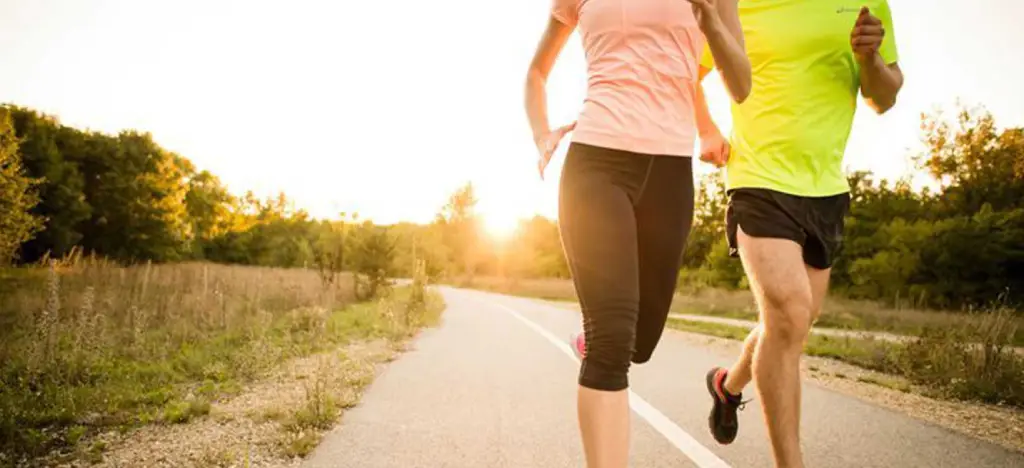
Chadar trek or any other trek for that matter is like an examination. It tests your mind and body. Once you are mentally adjusted, next step it to train harder. Chadar trek route is not as intensive but the snowy and icy trail makes it challenging. Hence, one must learn to walk on ice and snow. We include a spare day in our itinerary where our staff teaches all the technicalities.
3. Prepared for the Unpredictable
Its nature, it's unpredictable! However, determined you are to complete the trek, you have to bow down in front of nature. There will be times when the weather suddenly changes and you may have to call off the trek. The Chadar forms and deforms every night. It melts when the temperature during the afternoon rises and freezes again during the night. Sometimes due to the cloudy sky, the temperatures do not fall down, hence Chadar may not be as rigid and one cannot walk on it. Sometimes, there might be uncalled snowfall closing the trails. Sometimes the Chadar may break due to sudden pressure on it. Sometimes Chadar may not form at all. All these misfortunes cannot be predicted by any scientist, being prepared is the only solution.
Another undue mishap is AMS. We get frequent allegations from trekkers when they are asked to go back due to a minor headache or weakness. However, one must understand that these are symptoms of AMS, which is also governed by nature to some extent. We always try to convince them that an incomplete trek is also complete only when you return home safely.
4. Preparing Backpack
.webp)
We have another hack...a smart backpack. Apart from the trek essentials, there are some things that must be avoided like the contact lens, and plastic bottles. Gumboots are significant since they enhance your grip on the snow and are waterproof. Along with it, use a trekking pole as a walking aid. Make a habit of using chapsticks, cold cream, and sunscreens to avoid damaging your skin. We suggest our trekkers pack a headtorch instead of a hand torch. The earlier one is comfortable and does not engage your hands. It is tiresome to steadily focus lights when fingers are chilled. Carry a thermal flask to keep the water warm. The right way to pack your bag is to,
- equally distribute the weight throughout your backpack. This will not strain any one region of your body when you carry it.
- place less frequently used items at the bottom, heavy items in the middle of the bag, and frequently used at the top section of the backpack.
- make sure you wrap all items in waterproof coverings. There might be sections when you have to cross the river with the knee-length water level. Hence, be waterproofed
- tighten straps, and keep the load closer to the body
5. Prepared for the Rules by TTH
.webp)
We have grown with our own experiences and observations. Hence, we induce some regulations. Our motive is only the safety of our trekkers. Thereby, we follow them and expect the trekkers to cooperate,
- No Room Heater for the Full Night: Room heaters release carbon dioxide, and keeping it on for long hours will let the carbon dioxide in the body when you breathe. As we know, the oxygen content is already low at high temperatures. One can imagine the consequences if more carbon dioxide is inhaled instead of oxygen. Keeping the heater on for the entire night has led to serious problems from sudden AMS to death situations. Hence, we strictly suggest trekkers use the heater until the room gets warmer then turn it off.
- No Crampons: Crampons having pointed teeth provide excellent grip on snow. But they also may crack the frozen Chadar. There are instances of Chadar cracking suddenly due to the frequent use of crampons. Use gumboots and trekking poles instead.
- Follow Your Guide: Well, this is obvious to follow your guide and not try to overtake him. When he asks to rest at a point, take a break. Breaks are only so that your body's perspiration rate remains normal and does not strain your body. Therefore, following the guide's pace is beneficial. It also helps in acclimatization. Another advantage is, that The guides know the route and they know where the Chadar is weak or could probably break.
- The Trek leader has the final Say: Since the trek leader is the most reputed and qualified on a trek, the decision of the trek leader must be obeyed. We get loads of emails from trekkers accusing the trek leader of being rude to not allowing them to go ahead. One must not forget that the trek leader is only there for your safety. If they feel the trekker is not in good health, they will send you back. We expect trekkers to follow them and not argue about time or money spent.
6. Learn During the Trek
Learning never stops. Until the last day of the trek, you must assimilate. During the trek make a point to watch the local guides. Try to copy their hiking pace, body posture, style, and everything. Keep your eyes and ears open. Listen, observe, practice. If there were some blunders in your trek preparation try to resolve them by learning on the field.
Now you yourself can decide if you are ready to go for the stunning winter trek. If yes, grab a seat and strictly do your homework. Because it is the Chadar trek, my friend, being prepared will make it a perfect end!
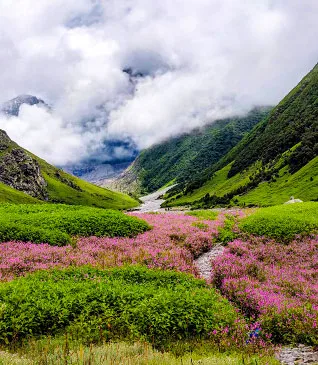
.webp)
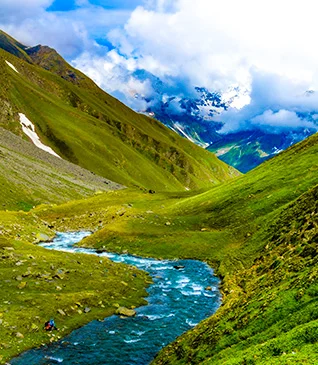
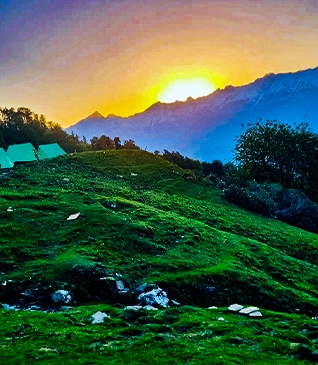
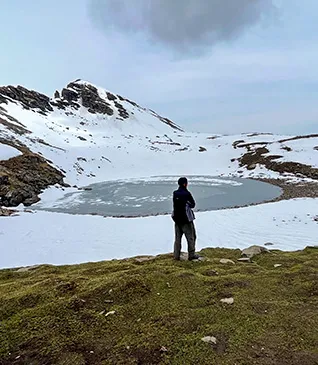
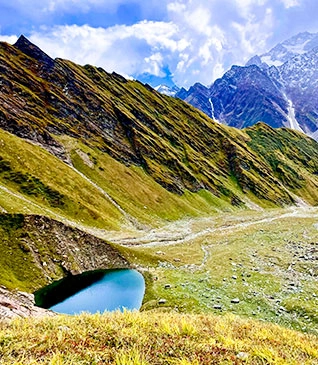
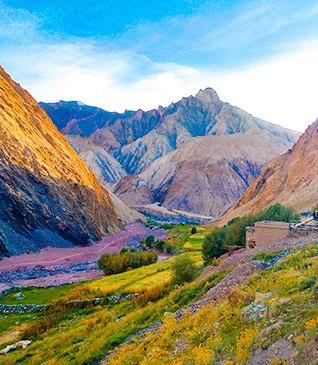
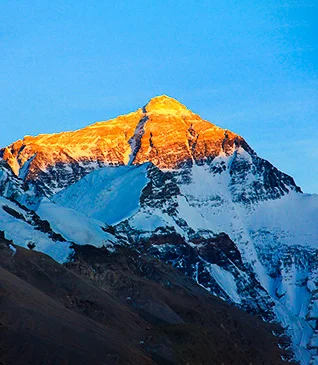
.webp)
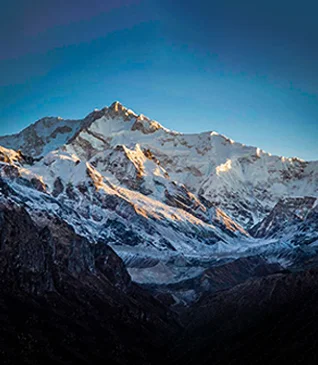
.webp)
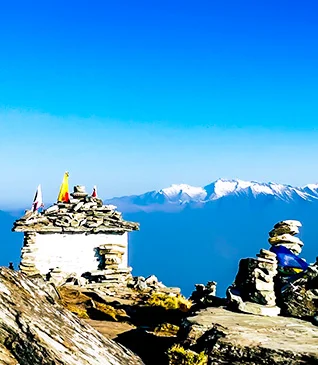
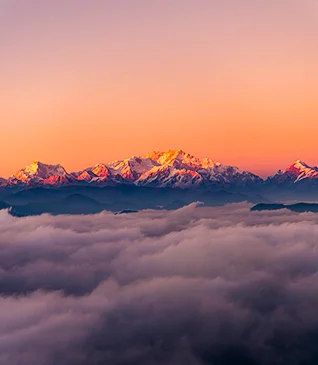
.webp)
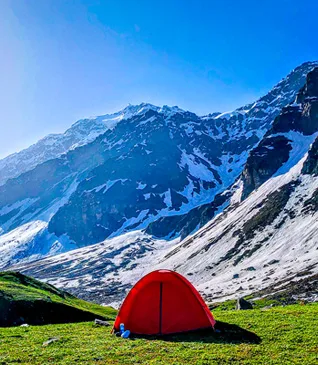
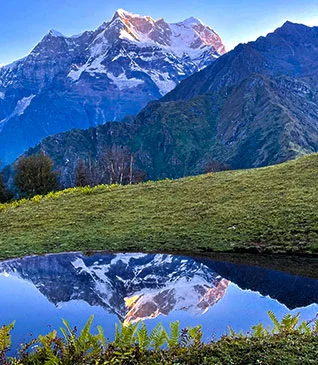
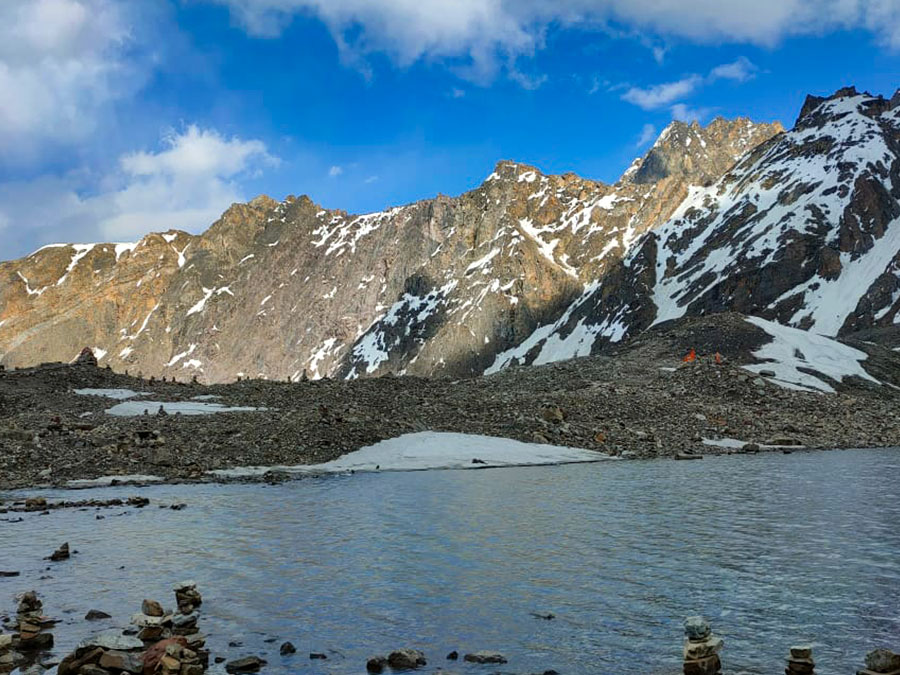

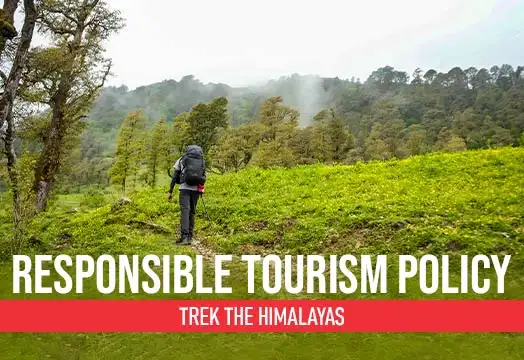
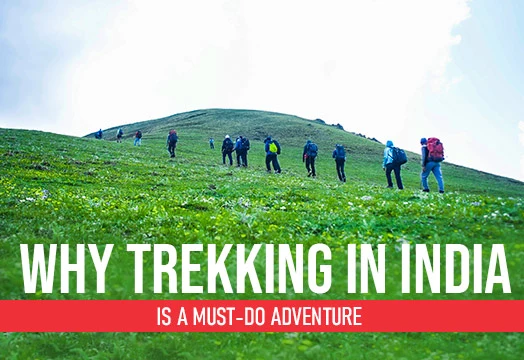


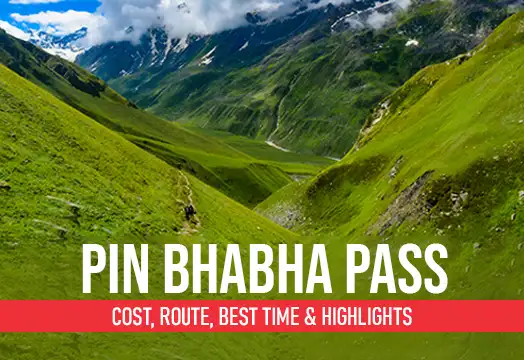
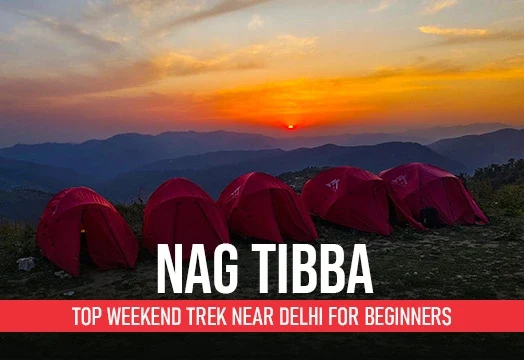
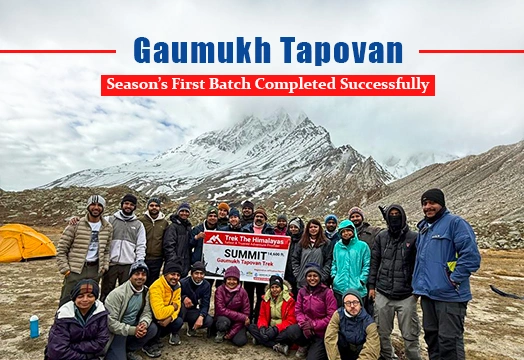

.webp)